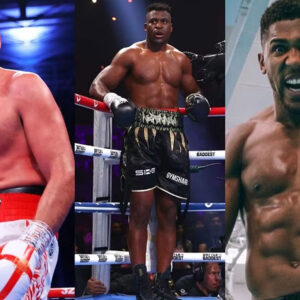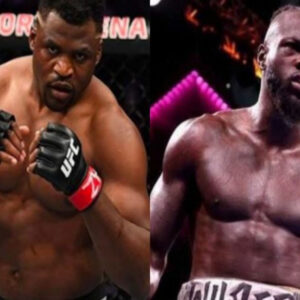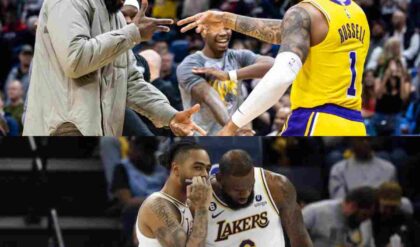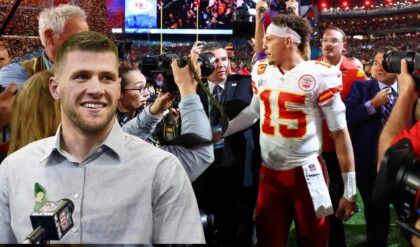Through her new album, singer-songwriter Taylor Swift brought the audience a strong message: Don’t focus on what you can’t change, focus on what you can.
Recently, the 31-year-old pop star made headlines when she released Fearless (Taylor’s Version).
This is a new recording of the super successful album that made her a star. The project is the culmination of a years-long battle.
In it, Swift claims she was “stripped of her life’s work”, when her former record label Big Machine sold the master recordings of her first six albums to music executives and criminals. Swift’s nemesis – Scooter Braun.
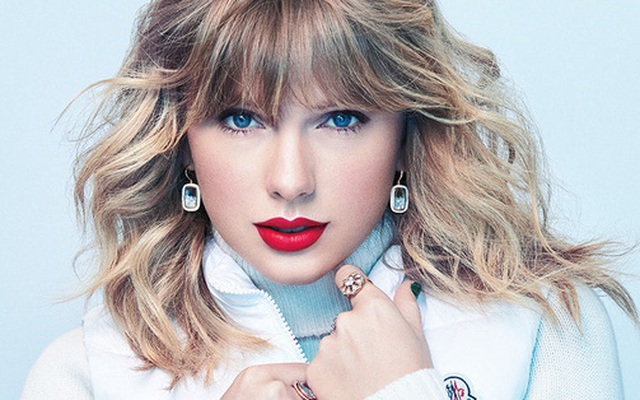
“This process has been more fulfilling and emotional than I could have imagined and has made me even more determined to re-record all of my music,” Swift said in a statement posted on Twitter.
Swift’s new album isn’t just a business move, it’s also a signal to artists and professionals everywhere in the world about a major shift in the balance of power.
And at the heart of the story is a brilliant lesson in emotional intelligence.

Plot
Why did Taylor decide to re-record her old albums?
The answer is quite complicated. The New York Times wrote a great summary that may help you understand the story better.
The short version is as follows:
In 2019, music executive Braun acquired Big Machine Label Group. This is the music label that signed Swift to her first recording contract when she was a teenager and later acquired ownership of the master recordings of her first six albums.
However, Swift is not resigned. She soon hatched a plan to regain control of her music by re-recording the masters of her old albums – starting with Fearless. In doing so, Swift will now have new versions of the songs her fans love.
She then encouraged fans to stream or buy the new version instead of the old one.
But there is a more important part. Although Swift does not own the original copies of those early albums, she does have publishing or copyright rights to the songwriting (instrumentation and lyrics) of the songs – many of which she wrote herself.
This is important because as the publishing rights holder, Swift can veto the commercial use of her (original) songs. Such as in movies, TV shows, commercials and anything else – in effect and requires anyone who wants to license her music to use the new versions she owns.
In other words, by deciding to record new masters for old albums, Swift potentially devalues the original assets and takes artistic control.
But that’s not all. In addition to recording new versions of all the songs on the original Fearless album, Swift added six previously unreleased songs. Swift describes these as songs that she “absolutely loved, but was holding back for different reasons. Typical reasons like not wanting too many breakup songs, not wanting too many songs with a beat low pitch, it’s impossible to fit that many songs on a physical CD”.
“Artists should own their own work for many reasons, but the most obvious reason is that the artist is the only one who truly understands that work.”
Swift’s bold move has the potential to dramatically change the landscape of the music industry and beyond. On the other hand, if she succeeds, it could prompt record labels to try to amend their standard contracts. It may take some time before artists can re-record songs or other restrictions apply.
Besides, the world today is quite different from when Swift signed her first record contract. With the rise of YouTube and social media, it’s easier than ever for artists to gain a following and make money from their work.
By setting a new standard, Swift is sending a signal to artists across industries that they don’t need to give up control of their work to reach a large audience.
But there’s an even bigger lesson through Taylor Swift’s actions.
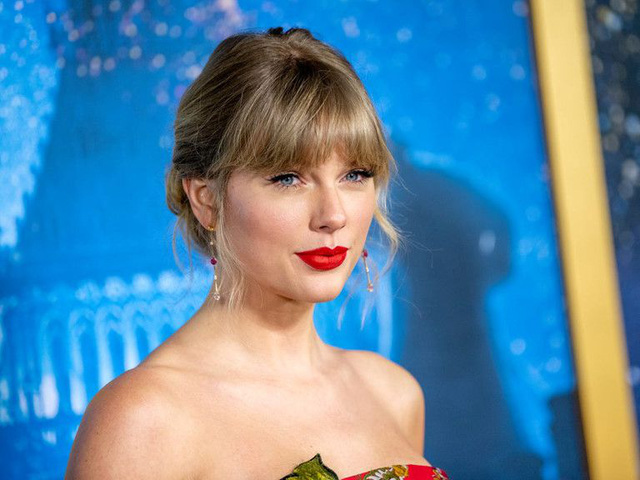
Besides, what does emotional intelligence have to do with this?
Emotional intelligence is the ability to understand and manage emotions to achieve goals. Additionally, it is the ability to make emotions work for you, instead of against you.
An accomplished performer and musician, Swift has a gift: She can channel her emotions through music to touch the hearts of others on an emotional level.
But Swift’s talent goes beyond that: She’s built her career and a large fan base by combining her musical genius with her ability to remain authentic and relatable. .
Swifties don’t consider their idol untouchable but quite the opposite: They consider her their sister, their best friend, someone like them. And even now, after becoming a global superstar, Swift continues to solidify that image when she surprises fans with private parties or mailing out graduation cards.
With Fearless (Taylor’s Version), Swift is tapping into all of her emotional intelligence: Years of practice honing her ability to grasp her own emotions and the trust and love of fans when she taps into them. their contact.
By taking control of her music, Swift offers a great lesson for artists, entertainers, and entrepreneurs of all types. If you encounter a seemingly insurmountable problem, there are only two ways to handle it.
You can:
• Indulge in negative emotions and feel sorry for yourself.
• Or, use those emotions as a catalyst, as motivation to act. These actions can lead to success.
So next time you seem to be losing control in a situation, do what Taylor Swift does.
Instead of focusing on what you can’t change, focus on what you can and turn “emotional” into emotional intelligence.
News
Max Verstappen launches impassioned defence of his father amid ongoing Christian Horner scandal as world champion insists Jos is ‘not a liar’ after he called for the Red Bull chief to quit
Max Verstappen today made an impassioned defence of his father Jos, telling the world: ‘He’s not a liar.’ The triple world champion was responding to Verstappen Snr’s incendiary comments in Mail Sport on Sunday, in which he said Red Bull would…
REVEALED: Travis Kelce gained the second-most Instagram followers among sports stars in 2023 amid his Taylor Swift romance, while LSU’s Angel Reese came third… but who beat the Chiefs star to the crown?
Travis Kelce‘s Instagram following jumped by more than three million in 2023, owing to his relationship with Taylor Swift. The Kansas City Chiefs tight end has been at the summit of the NFL for a number of years and, as a result, enjoyed…
Francis Ngannou tells Tyson Fury ‘I will beat you every day and twice on Sunday!’ in a heated encounter at the pre-fight press conference with Anthony Joshua(Video)
Francis Ngannou and Tyson Fury shared a very tense exchange of words on Wednesday night, with the latter in attendance for the press conference ahead of the former’s clash with Anthony Joshua on Friday night. Joshua and Ngannou will take centre stage later this week in…
Amir Khan stuns fans with ‘very strange’ video of himself rubbing Mike Tyson’s hands
Amir Khan stuns fans with ‘very strange’ video of himself rubbing Mike Tyson’s hands Published Oct 29, 2023, 14:23:17 GMTLast updated Oct 29, 2023, 14:23:14 GMT Amir Khan has raised eyebrows among boxing fans after posting a bizarre video of himself rubbing…
Francis Ngannou could fight Deontay Wilder in a ‘mixed rules’ bout in 2024, would take place in a cage
Francis Ngannou could fight Deontay Wilder in a ‘mixed rules’ bout in 2024, would take place in a cage Francis Ngannou vs Deontay Wilder could take place next year. Published Oct 31, 2023, 13:52:29 GMTLast updated Oct 31, 2023, 13:52:28 GMT Francis…
Anthony Joshua promises ‘all-out war, relentlessness and a good fight’ when he takes on Francis Ngannou… as ex-UFC star insists he will ‘leave everything in the ring’ before heated exchange with Tyson Fury (Video)
Anthony Joshua insisted that he will be bringing ‘relentlessness’ in his Friday fight with Francis Ngannou in Saudi Arabia at Wednesday night’s press conference ahead of the fight. The British heavyweight star faces the former UFC icon on Friday night as he looks to continue momentum following an impressive…
End of content
No more pages to load


